Prices in AUD. Shipping worldwide. Flat rate $8 postage per order within Australia. International by weight calculated at checkout. Read full terms.
-
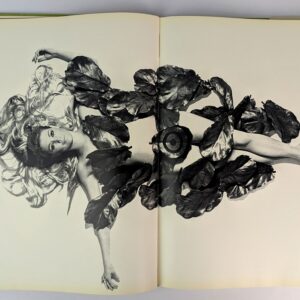
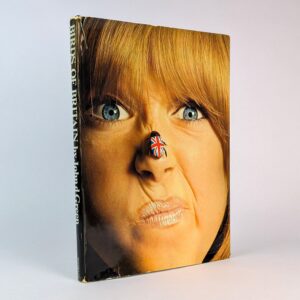
Birds of Britain
AU$300.00 Read MoreAdd to cartJohn D. Green; David Tree
New York: The Macmillan Company, 1967.Large format photobook with short profiles of some of the most happening young women of 1960s London. Subjects include Mary Quant, Marianne Faithful, Dust Springfield, Hayley Mills, Susannah York, Patti Boyd, and many others.
-
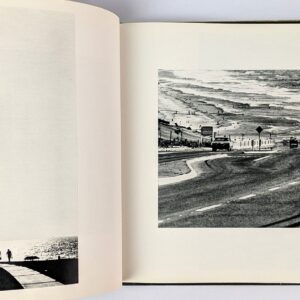

California Trip
AU$200.00 Read MoreAdd to cartDennis Stock
New York: Grossman Publishers, 1970.Photobook of Magnum photographer Dennis Stock’s 1968 5-week road trip along the California highways, documenting the height of the counterculture hippie scene. This is the larger format first printing hardcover.
-
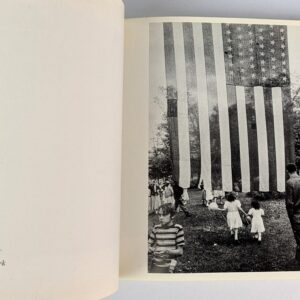
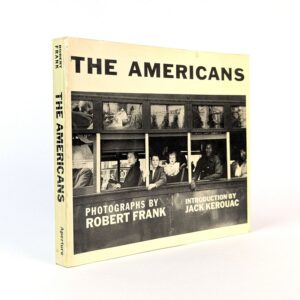
The Americans
AU$300.00 Read MoreAdd to cartRobert Frank
New York: Aperture and Museum of Modern Art, 1968.Introduction by Jack Kerouac. Second edition of Frank’s classic photobook, being revised and enlarged from the first and produced with MOMA.
-
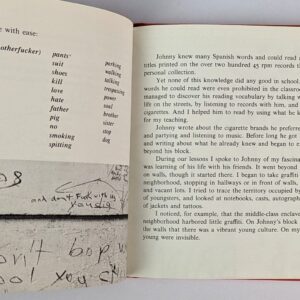
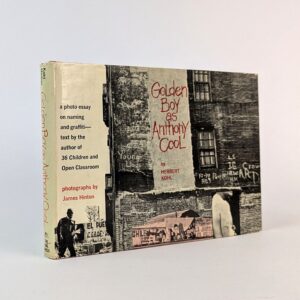
Golden Boy as Anthony Cool: A Photo Essay on Naming and Graffiti
AU$800.00 Read MoreAdd to cartHerbert Kohl; James Hinton
New York: The Dial Press, 1972.Important early study of urban text graffiti and tagging in New York. More than just a photobook, though Hinton’s work definitely gives it that distinction, Kohl, founder of the 1960s Open School movement, provides lengthy and invaluable insight into language and identity.
-
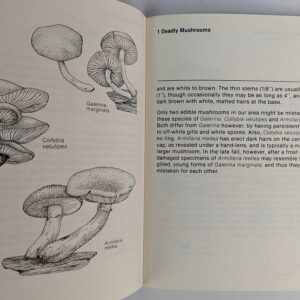
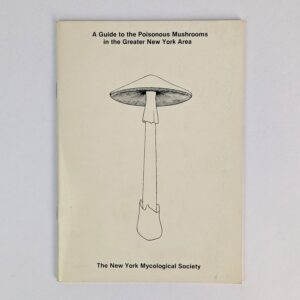
A Guide to the Poisonous Mushrooms in the Greater New York Area
AU$40.00 Read MoreAdd to cartThe New York Mycological Society
New York: The New York Mycological Society, 1976. -
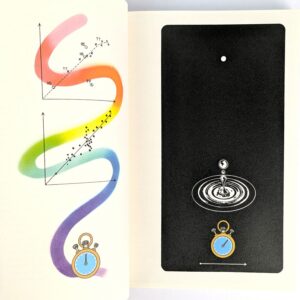
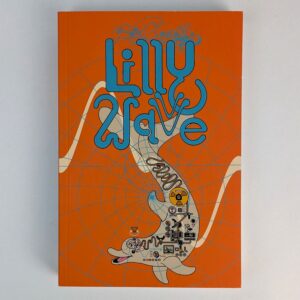
Brian Blomerth’s Lilly Wave
AU$70.00 Read MoreAdd to cartBrian Blomerth
New York: Anthology Editions, 2024.“In the third entry in his ongoing series, Blomerth opens a porthole on the life, experiments, & addictions of John C. Lilly – the man whose development of the isolation tank and ketamine-fueled dives into the nature of consciousness made him perhaps the most notorious researcher of the psychedelic era. Featuring alien visitations, interspecies encounters, and no shortage of concerned onlookers, this is a story thats equal parts cosmic & paranoid, transcendent & tragic.” (publisher’s blurb)
-
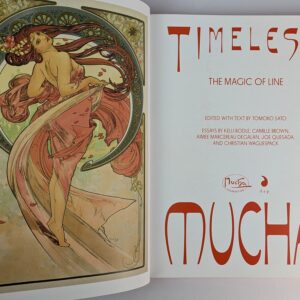
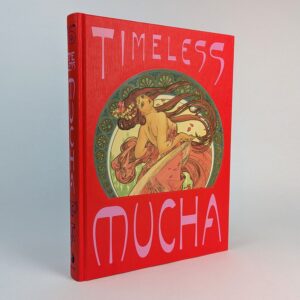
Timeless Mucha: The Magic of Line
AU$125.00 Read MoreAdd to cartTomoko Sato
New York: Mucha Foundation Publishing, 2025.“This volume reappraises the graphic work of Alphonse Mucha and explores its influence on graphic art since the 1960s. Published in conjunction with a touring exhibition in the US & Mexico, this volume surveys the development of Mucha’s style, synonymous with Art Nouveau. It explores how it was rediscovered by later generations of artists, becoming an artistic idiom for the Psychedelic Art of the 1960s and 1970s as well as a wide range of visual culture from the late 20th century to today. Coinciding with the opening of the new Mucha Museum in the baroque Savarin Palace in Prague, ‘Timeless Mucha’ is organised into three thematic sections: Inspirations for the Mucha Style, Le Style Mucha, and Art Nouveau and The Rebirth of the Mucha Style and Its Legacy. The first two sections focus on Mucha’s artistic development, examining the theoretical basis of Muchas style–famously known as “le style Mucha” in fin-de-siecle Paris–and its context. Tracing the artist’s footsteps from his youth in Moravia through the 1890s, when he attained fame as a poster artist, the first section highlights a selection of works of art, crafts and books from his own collection. The third section explores visual links between Mucha’s artistic idiom and the styles developed by later generations of artists. While Mucha’s style continues to influence today’s visual culture, including fashion, animation movies and computer games, this catalogue also focuses on a philosophical aspect of Mucha’s legacy: the art of message-making.”
-
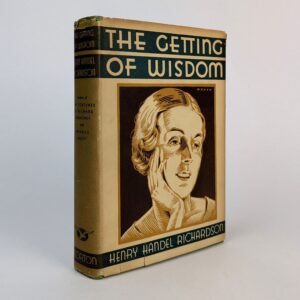
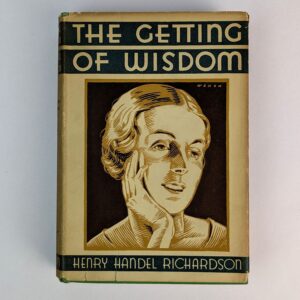
The Getting of Wisdom
AU$500.00 Read MoreAdd to cartHenry Handel Richardson
New York: W. W. Norton & Company, 1931.First published in 1910, this is the first US printing of the 1931 revised edition of Ethel Florence Lindesay Richardson’s Australian coming of age novel set in an 1890s Melbourne all-girls boarding school. In the original jacket illustrated by Paul Wenck.
-
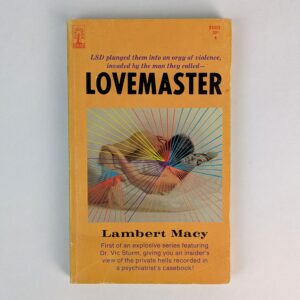
Lovemaster
AU$50.00 Read MoreAdd to cartLambert Macy
New York: Softcover Library, 1967.Erotic fiction of an LSD rapist.
-
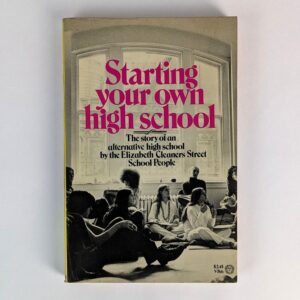
Starting Your Own High School: The Story of an Alternative High School
AU$50.00 Read MoreAdd to cartElizabeth Cleaners Street School People
New York: Vintage Books, 1972. -
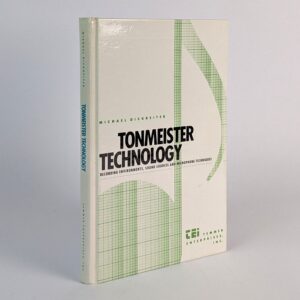
Tonmeister Technology: Recording Environments, Sound Sources, Microphone Techniques
AU$100.00 Read MoreAdd to cartMichael Dickreiter
New York: Temmer Enterprises, 1989.With 157 tables and illustrations. Translated from the German by Stephen F. Temmer.
-
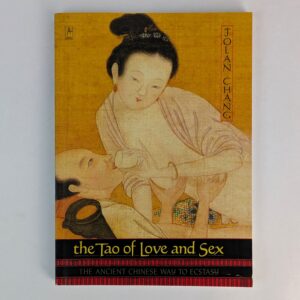
The Tao of Love and Sex: The Ancient Chinese Way to Ecstasy
AU$20.00 Read MoreAdd to cartJolan Chang
New York: Penguin Compass, 1991. -
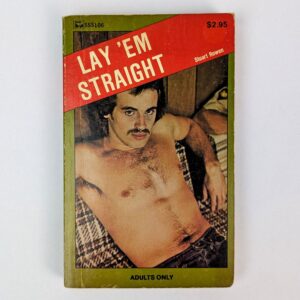
Lay ’em Straight
AU$30.00 Read MoreAdd to cartStuart Rowen
New York: Surree, 1981.Surree Stud Series gay pulp. SSS106. One of the many gay erotic pulp novels produced in the mid to late 20th century. These short sexually explicit stories, many of which were formulaic and published in easily recognisable series with graphically illustrated covers and titillating titles each targeting a specific sexual niche, demonstrate the breadth of sexual fantasy, occupation, desire, and deviance of the emerging homosexual culture.
-
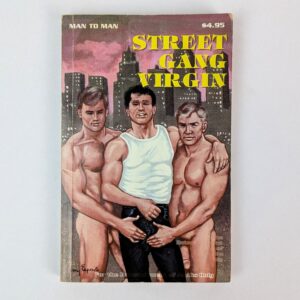
Street Gang Virgin
AU$40.00 Read MoreAdd to cartAnonymous
New York: Star Distributors, 1994.Gay pulp Man to Man MN-167. Cover illustration by Craig Esposito. One of the many gay erotic pulp novels produced in the mid to late 20th century. These short sexually explicit stories, many of which were formulaic and published in easily recognisable series with graphically illustrated covers and titillating titles each targeting a specific sexual niche, demonstrate the breadth of sexual fantasy, occupation, desire, and deviance of the emerging homosexual culture.
-
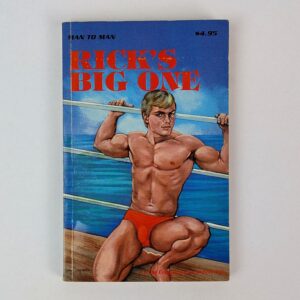
Rick’s Big One
AU$60.00 Read MoreAdd to cartAnonymous
New York: Star Distributors, 1994.Gay pulp Man to Man MN-170. Cover illustration by Craig Esposito. One of the many gay erotic pulp novels produced in the mid to late 20th century. These short sexually explicit stories, many of which were formulaic and published in easily recognisable series with graphically illustrated covers and titillating titles each targeting a specific sexual niche, demonstrate the breadth of sexual fantasy, occupation, desire, and deviance of the emerging homosexual culture.
-
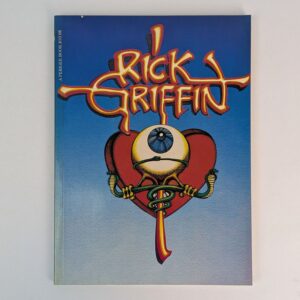
Rick Griffin
AU$60.00 Read MoreAdd to cartRick Griffin; Gordon McClelland
New York: Perigree, 1980.Monograph on leading American psychedelic poster artist Rick Griffin (1944-1991). Includes cover and poster designs for Grateful Dead and others and his underground comix work which regular appear in Zap Comix.
-
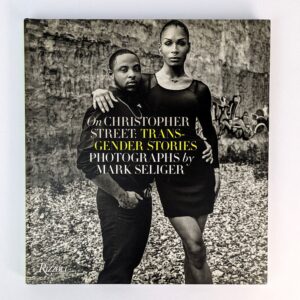
On Christopher Street: Transgender Stories
AU$80.00 Read MoreAdd to cartMark Seliger
New York: Rizzoli, 2016.Photo book of the transgender community in New York’s Greenwich Village.
-
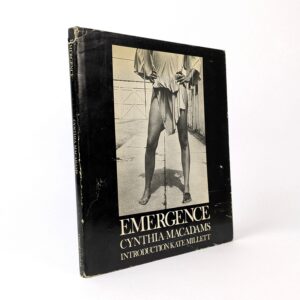
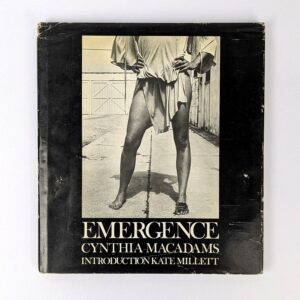
Emergence
AU$450.00 Read MoreAdd to cartCynthia MacAdams
New York: Chelsea House, 1977.Photo book of black and white portraits of women by Cynthia MacAdams. Emergence was MacAdams’ first published photo book and became an icon of 1970s feminist photography. Subjects include Patti Smith, Jane Fonda, Gloria Steinem, Laurie Anderson, Rita Mae Brown, Michelle Phillips, Judy Chicago, and many others. Introduction by Kate Millet and introductory poem by Diane di Prima, both of which are also subjects.
-
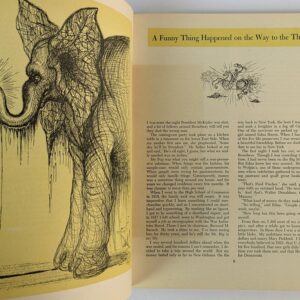
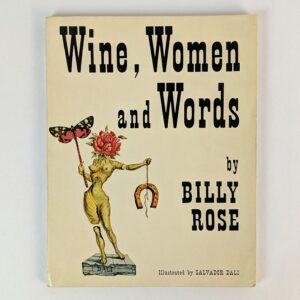
Wine, Women and Words
AU$80.00 Read MoreAdd to cartBilly Rose; Salvador Dali
New York: Simon & Schuster, 1948.The first trade paperback edition of Billy Rose’s autobiography with illustrations by Salvador Dali. This copy with 9 Rose related clippings laid in.
-
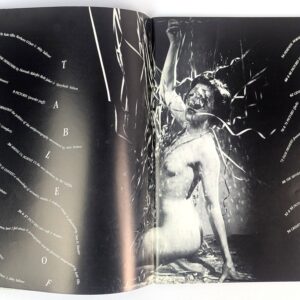
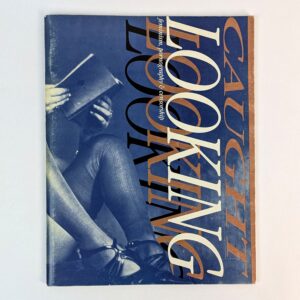
Caught Looking: Feminism, Pornography & Censorship
AU$200.00 Read MoreAdd to cartF.A.C.T. Book Committee
New York: Caught Looking, Inc., 1986.First edition, first printing, self published by the Feminist Anti-Censorship Taskforce Book Committee: Kate Ferguson Ellis, Nan D. Hunter, Beth Jaker, Barbara O’Dair, and Abby Tallmer. FACT formed as a group of feminists opposed to the anti-pornography ordinances written b Andrea Dworkin and Catharine MacKinnon and in oppositions to the feminist group Women Against Pornography (WAP). Caught Looking is filled with images from 100 years of pornography accompanied by numerous essays providing a balanced view of feminism, pornography, and censorship exploring the questions: What is the role of sexually explicit language and images in women’s sexual arousal and pleasure? What role do images play in the control of women? How can the attempt to control women, which is at the heart of sexism, be most effectively subverted? Would violence diminish if violent images were removed from our culture? How can we incorporate our need for sexual speech and freedom of sexual expression into our feminist thinking and goals?
